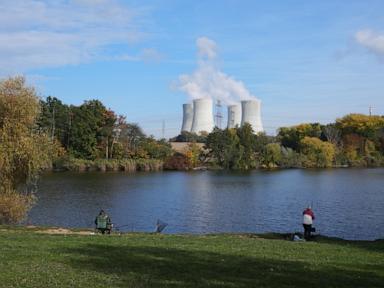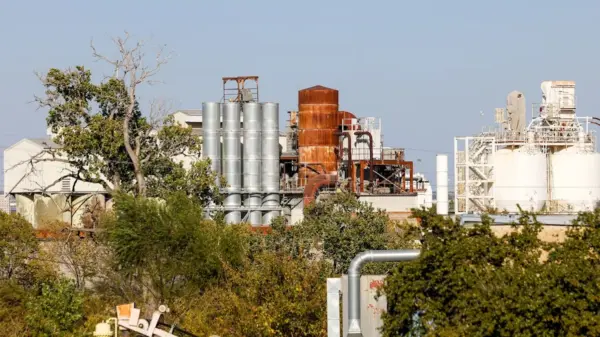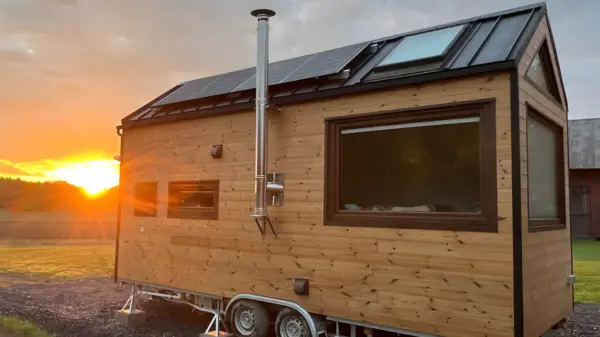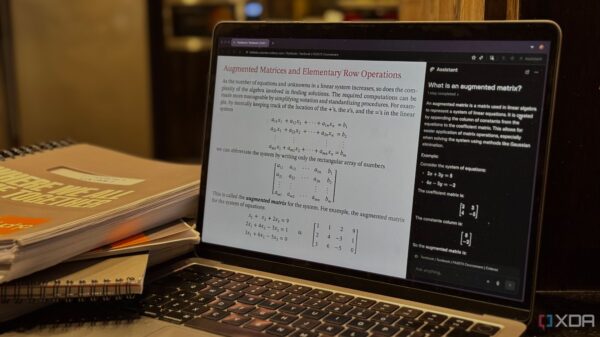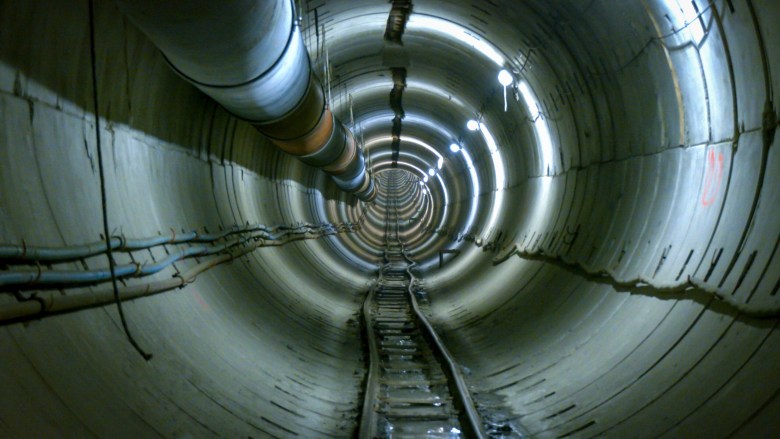UPDATE: North Texas officials have just announced urgent plans to address a looming water crisis as local demands surge through 2080. The Tarrant Regional Water District is exploring new reservoirs and out-of-state resources to secure billions of gallons of water needed for the region’s growing population.
At a recent meeting, water resource engineering director Rachel Ickert emphasized the critical need for action, indicating that significant water transfers from East Texas could commence as early as 2030. “We feel very confident about some of our next steps, but we’re going to have some big decisions right around the corner,” Ickert stated, highlighting the pressing timeline for securing new water sources.
The district’s newly approved 2025 Integrated Water Supply Plan outlines strategies to address a potential shortfall of 513,000 acre feet of water annually due to unprecedented population growth across 11 counties. This alarming gap is equivalent to the capacity of the Richland-Chambers Reservoir, which can hold approximately 1 million acre feet of water.
Currently, approximately 80% of Tarrant County’s water comes from the Richland Chambers and Cedar Creek reservoirs, with the remaining 20% sourced from local lakes such as Lake Worth and Benbrook Lake. However, the district is projecting a dramatic increase in demand, estimating a need for up to 1.2 million acre feet of water per year by 2080 to accommodate a growing population and the possibility of prolonged drought conditions.
Ickert stressed the importance of diversifying water resources, stating, “There’s no one strategy that’s going to meet our supply gap.” The plan includes a mix of solutions, from maximizing existing reservoirs to innovative conservation efforts.
The Tarrant Regional Water District is also eyeing large-scale projects like the controversial Marvin Nichols Reservoir, which would inundate approximately 66,000 acres of private timberland in Northeast Texas. Additionally, the proposed Toledo Bend Reservoir could provide vital water supplies, but would require extensive infrastructure and collaboration with neighboring water districts.
Officials are considering options to pull water from out of state, particularly from Arkansas. This interstate transfer is one of the most ambitious strategies outlined in the plan, with an estimated cost of $10 million. Ickert noted the need for thorough feasibility studies to navigate the complexities involved.
The urgency of these developments cannot be overstated. Without decisive action, North Texans could face severe water shortages in the coming decades. Recent conservation efforts have already led to savings of 26 billion gallons of water, accounting for roughly 20% of the district’s overall usage. However, these measures alone will not suffice.
The timeline for implementation of these new strategies is critical, as some projects could start delivering results as early as 2032. For instance, the Mary’s Creek Reclamation Facility is expected to enhance local water treatment capabilities by 2028, while the Marty Leonard wetlands project aims to recycle treated wastewater back into the municipal supply.
As the Tarrant Regional Water District moves forward with these ambitious plans, North Texans are urged to stay informed and engaged. The implications for local communities are profound, with water security being a cornerstone of economic growth, public health, and overall quality of life.
The next five years will be crucial as the district conducts feasibility studies and makes vital decisions about its water future. With the clock ticking, the need for a comprehensive and effective water strategy has never been more urgent.










